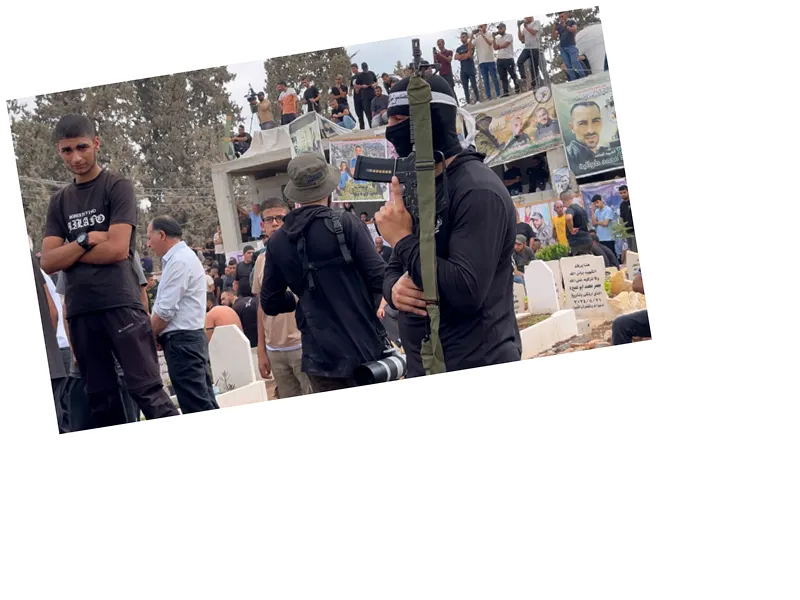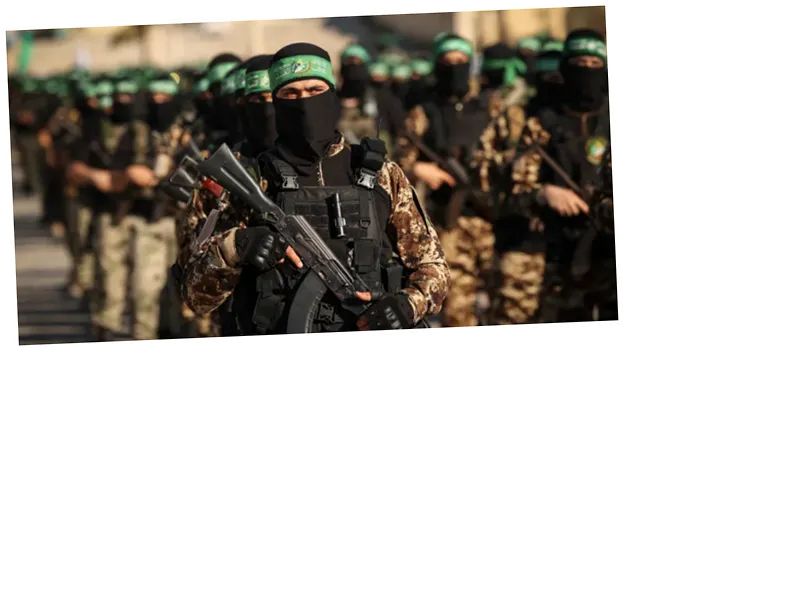Escalating Conflict in the Northern West Bank: A Complex Security Landscape
The northern West Bank is currently at the forefront of a complex security situation, marked by ongoing confrontations with the Israeli occupation army. Cities such as Jenin, Tulkarm, and Tubas have become hotspots for clashes, particularly following the events of October 7. This area has seen a unique form of organized resistance, unlike other parts of the West Bank, where confrontations tend to be less coordinated. The rise of semi-public armed groups in the northern West Bank has sparked debate about the effectiveness of this resistance strategy compared to traditional methods employed in the region.
On August 28, 2024, the Israeli army launched a significant military operation in the northern West Bank, the largest since 2002. While the operation is framed as a response to security threats, it appears to be driven by internal pressures within the Israeli government and military to demonstrate effectiveness in the wake of perceived failures during the October 7 incident. The operation has led to the assassination of key resistance figures, yet the underlying issues remain, as new groups quickly emerge to fill the void.
The Future of Resistance in the West Bank: Scenarios and Implications
As the situation evolves, several potential scenarios for the future of resistance in the West Bank are emerging. The military operation has successfully targeted key resistance elements, but historical patterns suggest that these groups will quickly regenerate. The Palestinian Authority faces a critical challenge in maintaining control and legitimacy amidst rising tensions and public dissatisfaction. Its ability to reassert authority may determine the balance of power in the region.
Moreover, the resistance is likely to shift towards more secretive and professional cells, learning from past engagements. This shift may also coincide with advancements in the manufacturing of explosive devices, posing a new level of threat to the Israeli occupation forces. The potential for an escalation of armed resistance across different governorates in the West Bank, particularly in Hebron and Ramallah, remains high. The current trajectory indicates that the West Bank is unlikely to see a return to calm, regardless of developments in the Gaza Strip.
- The ongoing conflict in the northern West Bank reflects a broader struggle for power and identity among Palestinian youth. Many young individuals are increasingly drawn to the idea of resistance, often fueled by a sense of urgency and desperation in the face of occupation. This phenomenon is exacerbated by the lack of effective mechanisms for training and integrating new recruits into organized resistance efforts. The Palestinian Authority's security coordination with Israel complicates the situation, as it seeks to suppress armed resistance while grappling with its legitimacy among the Palestinian populace. The PA's inability to effectively address the needs and aspirations of the youth may lead to further disillusionment and radicalization. In response to the Israeli military's tactics, including the destruction of infrastructure and civilian hardship, the resistance's methods are evolving. The introduction of more sophisticated weaponry and tactics, despite current limitations, suggests a potential shift in the dynamics of the conflict. Ultimately, the future of the West Bank hinges on various factors, including internal Palestinian politics, the effectiveness of the Israeli military operations, and the broader geopolitical landscape. The resilience of the Palestinian people and their determination to resist occupation will continue to shape the conflict in the coming months.






